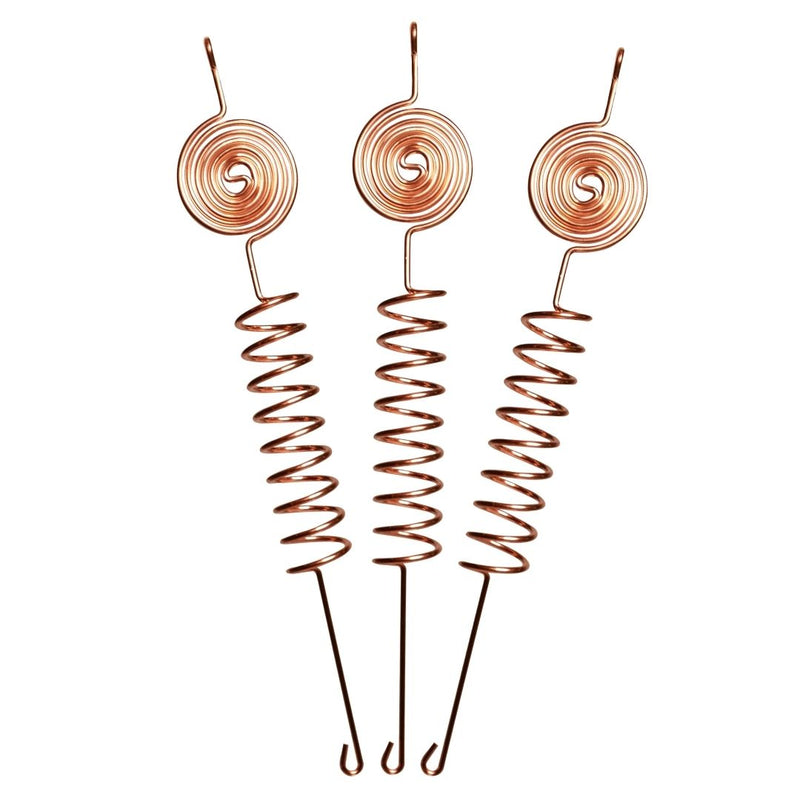Introduction to Recent Study: (2021)
In the ever-evolving world of agriculture, a groundbreaking study has emerged, shedding light on a revolutionary technique that promises to transform microgreen cultivation.

Microgreens, the miniature powerhouses of nutrition, have become a global sensation due to their concentrated bioactive compounds and rich mineral content...
A recent study, conducted in November-December 2020, delves into the world of electroculture, specifically the application of Pulsed Electromagnetic Fields (PEMF), and its impact on the growth, physiology, and postharvest quality of kale, wheat, and spinach microgreens.
The Study Unveiled:
The study, titled "Effect of Pulsed Electromagnetic Field on Growth, Physiology and Post harvest Quality of Kale, Wheat, and Spinach Microgreens" (July 2021), explores the potential of PEMF at different growth stages—seed, newly developed plant, and before harvest.
The findings are nothing short of revolutionary...with PEMF treatments showcasing significant improvements in fresh weight across all three plant species.
1. Physiology Boost:
Microgreens of kale, wheat, and spinach witnessed an impressive boost in their photosynthetic rates. The treatments with PEMF at various stages demonstrated noteworthy increases in photosynthetic efficiency.
For instance, kale microgreens treated at the seed stage for 30 minutes exhibited a photosynthetic rate of 8.95 μmol CO2 m−2 s−1, significantly higher than the control group at 7.17 μmol CO2 m−2 s−1.
Transpiration rates and stomatal conductance also saw positive impacts, showcasing the potential of PEMF in enhancing the physiological processes crucial for plant growth.
2. Bountiful Harvest:
When it comes to the crucial metrics of fresh and dry weight, PEMF treatments proved to be a game-changer.
For kale microgreens, the treatment at the seed stage for 30 minutes resulted in the highest fresh weight, showcasing a 22% increase compared to the control group...
Wheat microgreens, treated at the seed stage for 30 minutes, displayed a 31% increase in fresh weight compared to the control. Spinach microgreens, treated at the seed stage for 30 minutes, demonstrated a 17% increase in fresh weight compared to the control.
This surge in plant productivity opens up new avenues for maximizing yield and meeting the growing demand for microgreens worldwide.
3. Vibrant Colors, Extended Shelf Life:
One of the most remarkable outcomes of the study is the preservation of vibrant colors in the microgreens. Contrary to concerns about color alterations, the application of PEMF had no negative impact on the color parameters, ensuring the aesthetic appeal of the microgreens.
In fact, in the case of wheat microgreens, PEMF treatments enhanced the green color, providing a visual treat for consumers.
Additionally, the study revealed that PEMF treatments contributed to extending the shelf life of microgreens. Postharvest quality, often a concern with highly perishable microgreens, was maintained with no compromise in nutritional value.
4. Unraveling Respiration:
The study delved into the respiration rates, measuring O2 consumption and CO2 production, shedding light on the metabolic activity of the microgreens.
Notably, wheat microgreens treated with PEMF before harvest exhibited increased respiration rates, indicating heightened metabolic processes...
Spinach microgreens, subjected to PEMF treatments at different stages, displayed varying responses in respiration rates, further emphasizing the plant species-specific nature of the electroculture effects.
Conclusion & Takeaways:
In conclusion, the study ushers in a new era for microgreen cultivation, showcasing the untapped potential of electroculture, specifically PEMF.
The positive impact on plant physiology, substantial increases in fresh weight, vibrant color preservation, and extended shelf life collectively make a compelling case for integrating electroculture techniques into microgreen farming practices.
As we embrace this paradigm shift in agriculture, the possibilities are endless. Imagine a future where microgreens not only provide unparalleled nutritional benefits but are also cultivated with enhanced efficiency and sustainability.
The study's findings pave the way for further research, innovation, and the widespread adoption of electroculture practices, promising a greener, healthier, and more abundant future in agriculture.
The journey towards a flourishing microgreen revolution has just begun, and the power of electroculture is set to propel it to new heights.
Source: https://www.mdpi.com/2073-4395/11/7/1364















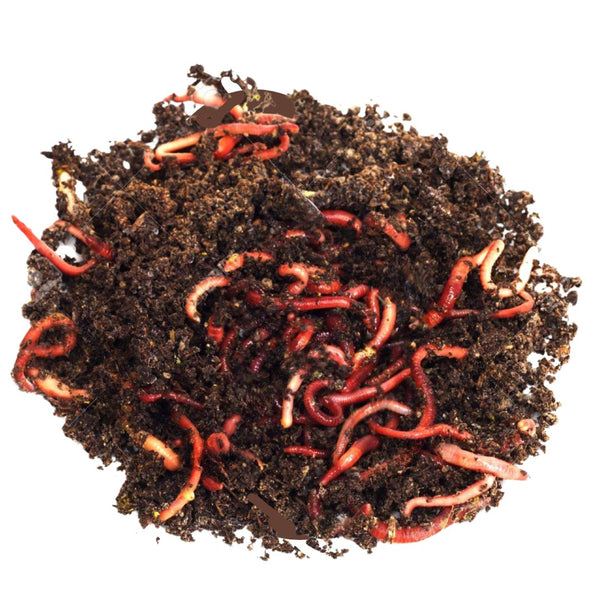
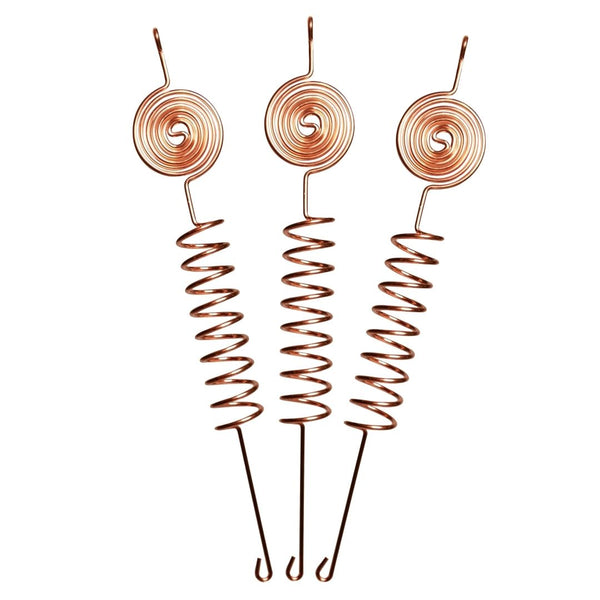
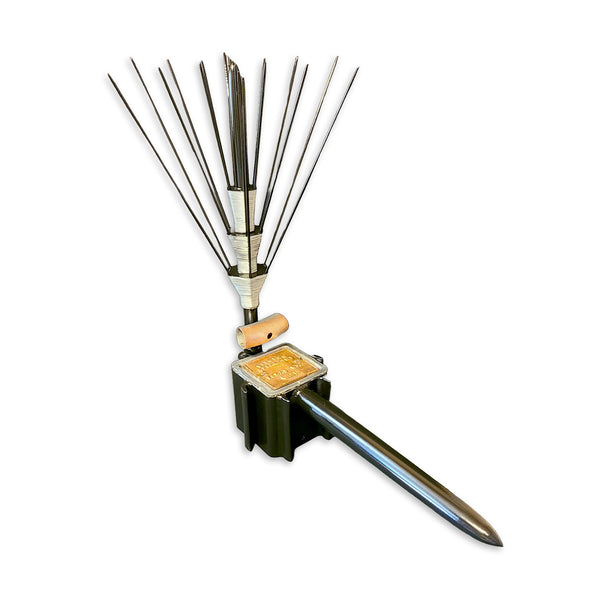
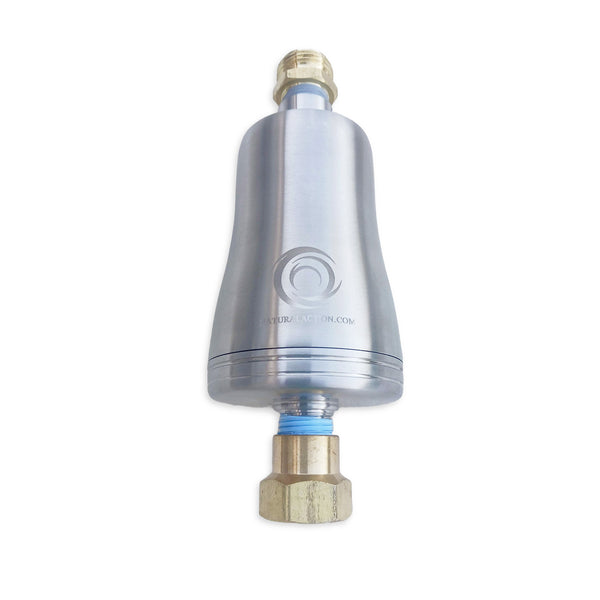



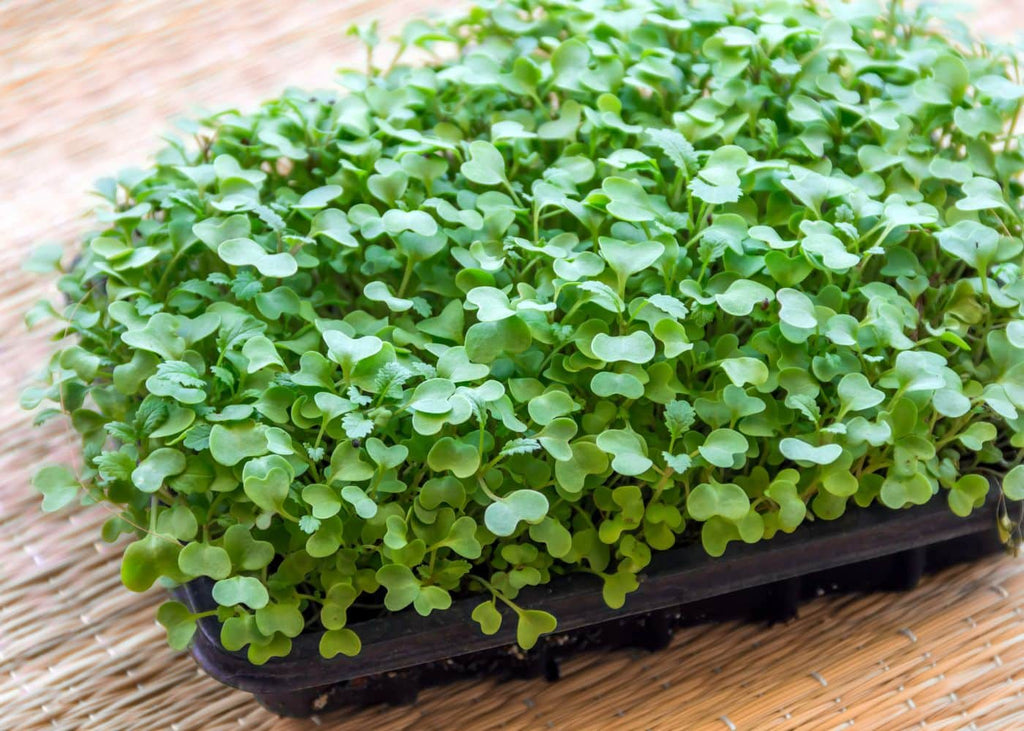







![🔓 Unlocking Electroculture's Hidden Potential: The Electrifying Gardening Revolution [Lost History]⚡🌱](http://thrivegarden.com/cdn/shop/articles/Electroculture_gardening_with_copper_antennas_small.jpg?v=1699580593)


